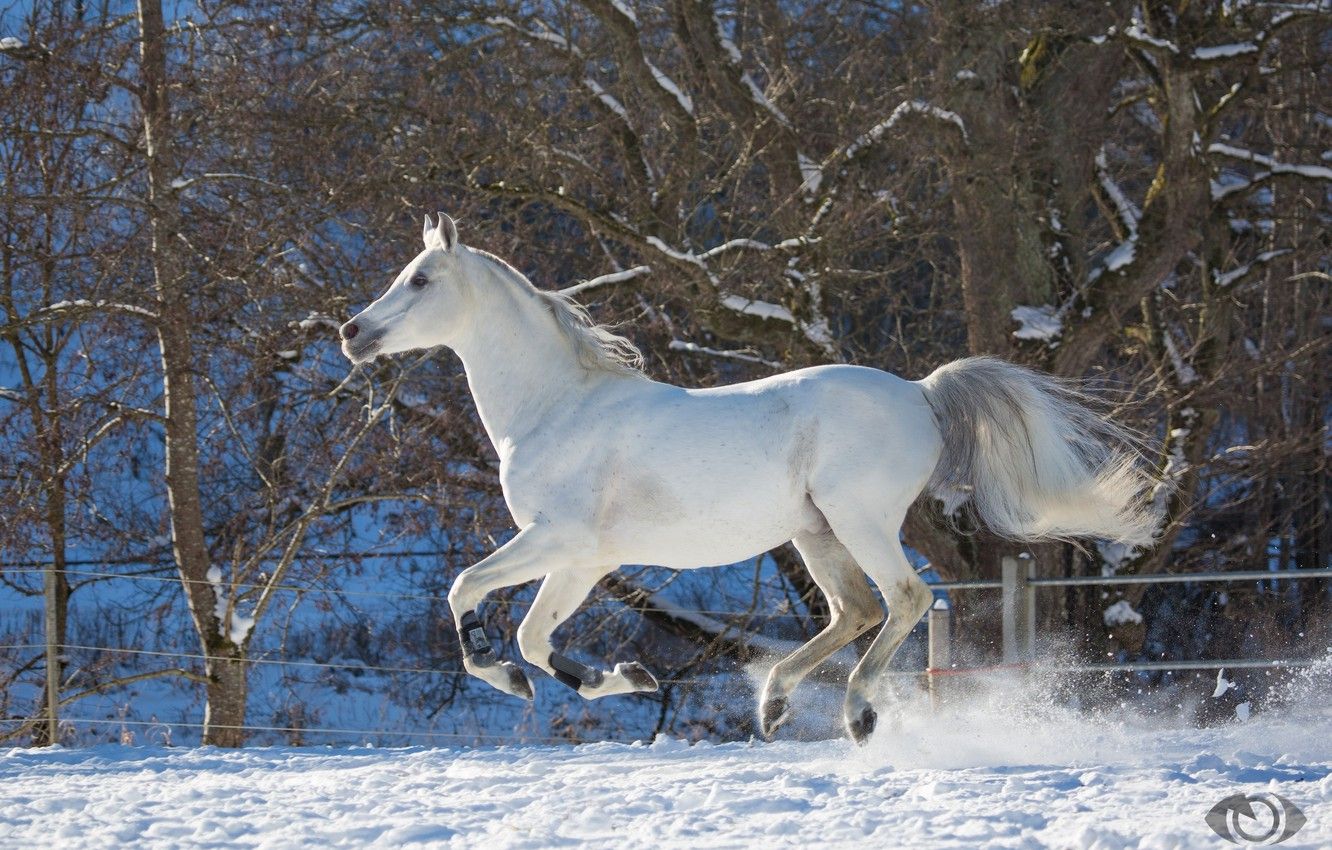During the summer months, there is nothing more fun for horse owners than to be able to keep their horses at home. They walk on the pasture, require little maintenance and it is fantastic to watch your horses from your garden on a beautiful summer afternoon. Unfortunately, in Belgium and the Netherlands, we also have a few months a year when it is less pleasant to keep horses.
Mud
The misery usually starts during the autumn: it rains more often and the meadows or paddocks are wet and muddy. Certainly, the places where the horses often stand, such as at the entrance to the pasture or in front of the shelter, quickly turn into a real mud pool.
If your horses are often standing on wet surfaces, it is important to regularly check their legs for muck. Mok is a collective name for skin irritations and inflammations in the pastern cavity of the horse. The irritations arise more quickly if the pastern cavities are regularly wet and are not given enough time to dry out completely.
If the horse gets a mug, quick and accurate treatment with disinfectant and a good mug ointment are necessary to prevent the horse from getting a lot of pain and going lame. Always try to offer the horses a dry (shelter) stable so that they do not have to stand in the mud all the time.
It may be helpful to place crushed sand or rock bulkheads in the wettest areas. If the horses can walk freely in and out of their stable or shelter, a paved strip in front of the entrance to the stable is certainly not an unnecessary luxury. It is more pleasant for the horses, but also for those who have to feed the horses or clean the stables. You can make the hardening with stone bulkheads, concrete or concrete slabs. Keep in mind that concrete can become slippery in freezing weather.
Ice and snow
When it really gets winter, a snow shower is not excluded. Be very careful when putting horses out in the snow, especially if the horses have horseshoes. The snow clumps in the irons and reduces the grip of the horse’s hooves on the surface, which can cause sliding.
Reading Suggestions: Keep Your Home Clean, Despite The Pets
A fall on a slippery surface can lead to serious injuries, so you want to avoid that. When it snows and freezes hard, the snow clumps can also freeze in the horseshoes, so that the horses can no longer put their hoof on the ground in a natural way. This can also lead to injuries.
Is my horse cold?
Horses are less likely to get cold than humans. Their comfort temperature is between -5 and +15 degrees. If the horse has been able to produce a winter coat, it will be able to keep itself warm. If the horse still has a short coat or is shaved, it is necessary to provide it with a warm blanket. It is also very important that the horses get enough roughage so that their ‘internal heating’ continues to work sufficiently and they do not get cold.
If the horses are outside in inclement wind and rain, it can be useful to dry them off when they return to the stable. A fleece blanket can help to dry and warm up.
More often in the stable
It is almost inevitable that the horses spend more hours in the stable during the autumn and winter period. If you have enough land, you can choose to create a piece of winter pasture, a piece of land that can be broken up during the winter months.
However, if it gets too wet or too slippery, the horses will still have to be in the stable more often. Provide sufficient roughage so that the horses are less bored and, if necessary, hang up a salt lick or a piece of stable toys. Always provide the horse with clean stable bedding so that it can lie down calmly, warm, and dry.
If it is not possible to give the horses free movement in the pasture or paddock, you can choose to lunge or walk in hand. Remember that horses that are stabled more often can be cooler in the winter and can therefore react more explosively when training. If you doubt whether your horse will be good, you can lunge before riding so that the worst freshness can drain off before you get on.
With horses on the road
If the weather no longer allows you to train on your own outdoor track, you may want to regularly go to an indoor track to ride there. If you hit the road with your trailer or truck in the dark, always make sure that all lighting works properly and adjust your driving style to the circumstances.
In the coldest months it is recommended to put a light blanket on your horse during transport, but avoid transporting the horse with its normal winter blanket. Many horses get warm faster on the trailer or truck and can therefore sweat under their thick blanket. A fleece blanket, woolen blanket, or very light stable blanket is then better and can be replaced by the thicker winter blanket when you return home.































